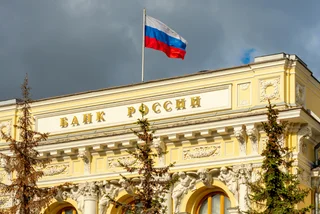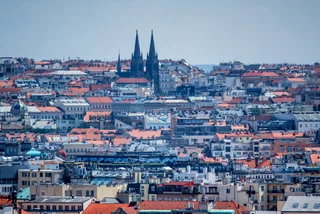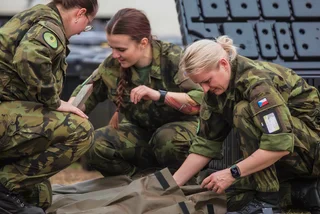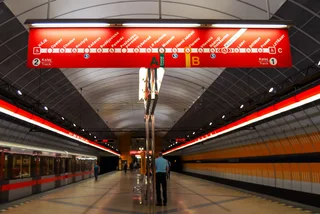Prague, Sept 17 (CTK) – A man tied himself to the statue of Soviet Marshal Ivan Konev on the Interbrigady square in Prague 6 on Monday evening in order to protest against its relocation and the police left him there since he did not threaten public order, Prague police spokeswoman Violeta Siristova told CTK.
“The man is protesting against the relocation of the statue. He wants to stay in place only until late evening because he needs to go to work on Tuesday,” Siristova said.
The man told the iDnes.cz server that he feels the events surrounding the statue are personal because his grandfather fought in the Second World War.
The statue has long caused controversies and has often been the target of vandalism, most recently in August.
Prague 6 Mayor Ondrej Kolar (TOP 09) repeatedly suggested that the Konev statue be relocated elsewhere to prevent further damage by vandals.
After the latest incidents, Kolar had the statue surrounded by scaffolding and covered with tarp that protesters repeatedly pulled down.
On Thursday, the Prague 6 Assembly decided that the Konev monument would be replaced with a memorial to the Prague liberation in 1945.
The new location for the statue has not been selected yet, but it might be placed in the planned Museum of the 20th Century Memory. Another option being discussed is the Olsany military cemetery in Prague.
On Friday, the Russian Foreign Ministry threatened with retaliation, saying that the relocation of the Konev statue is a step that may harm Russian-Czech relations.
The Konev monument was unveiled in 1980 to commemorate one of the most prominent Soviet commanders of World War Two. While in command of the 1st Ukrainian Front, his forces were able to liberate parts of Poland and the Czech Republic.
After the war, he became the Commander-in-Chief of the Armed Forces of the Warsaw Pact and led the suppression of the Hungarian Revolution in 1956. He was also one of the commanders involved in the construction of the Berlin Wall in 1961.
bas/dr/pvr











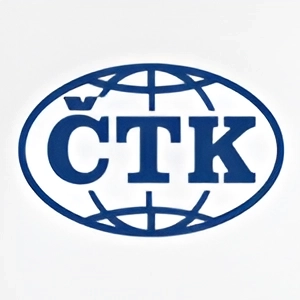
 Reading time: 1 minute
Reading time: 1 minute 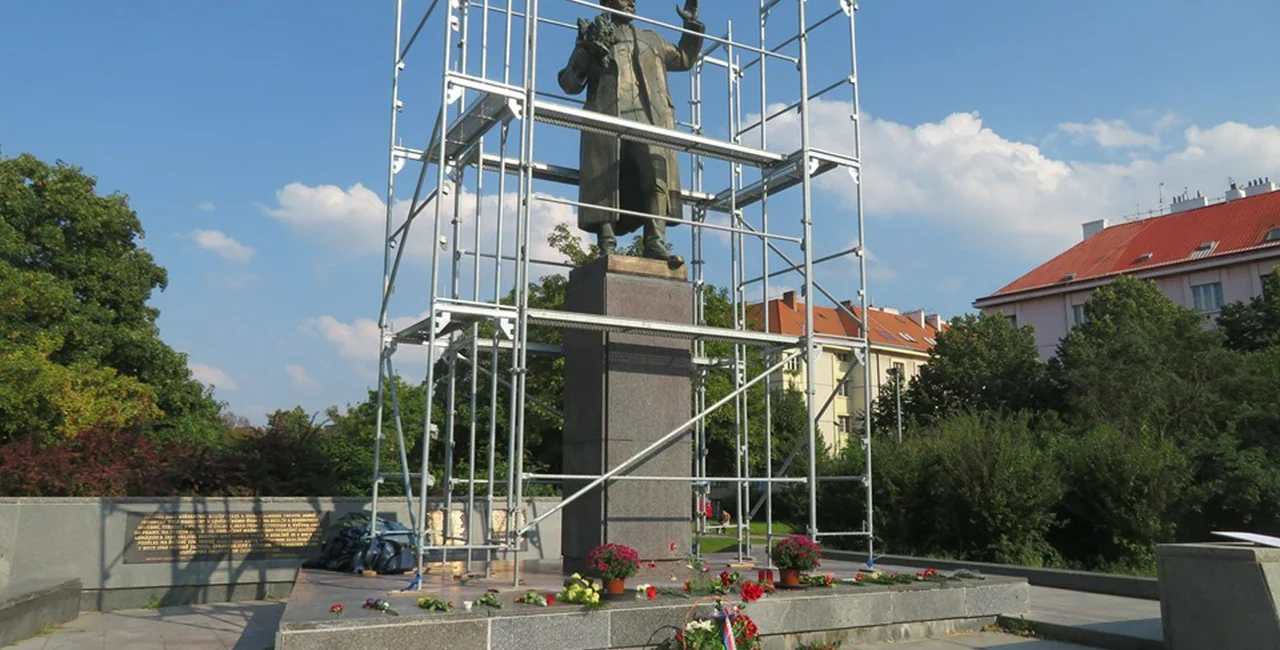


 Polish
(Proficient)
Polish
(Proficient)


